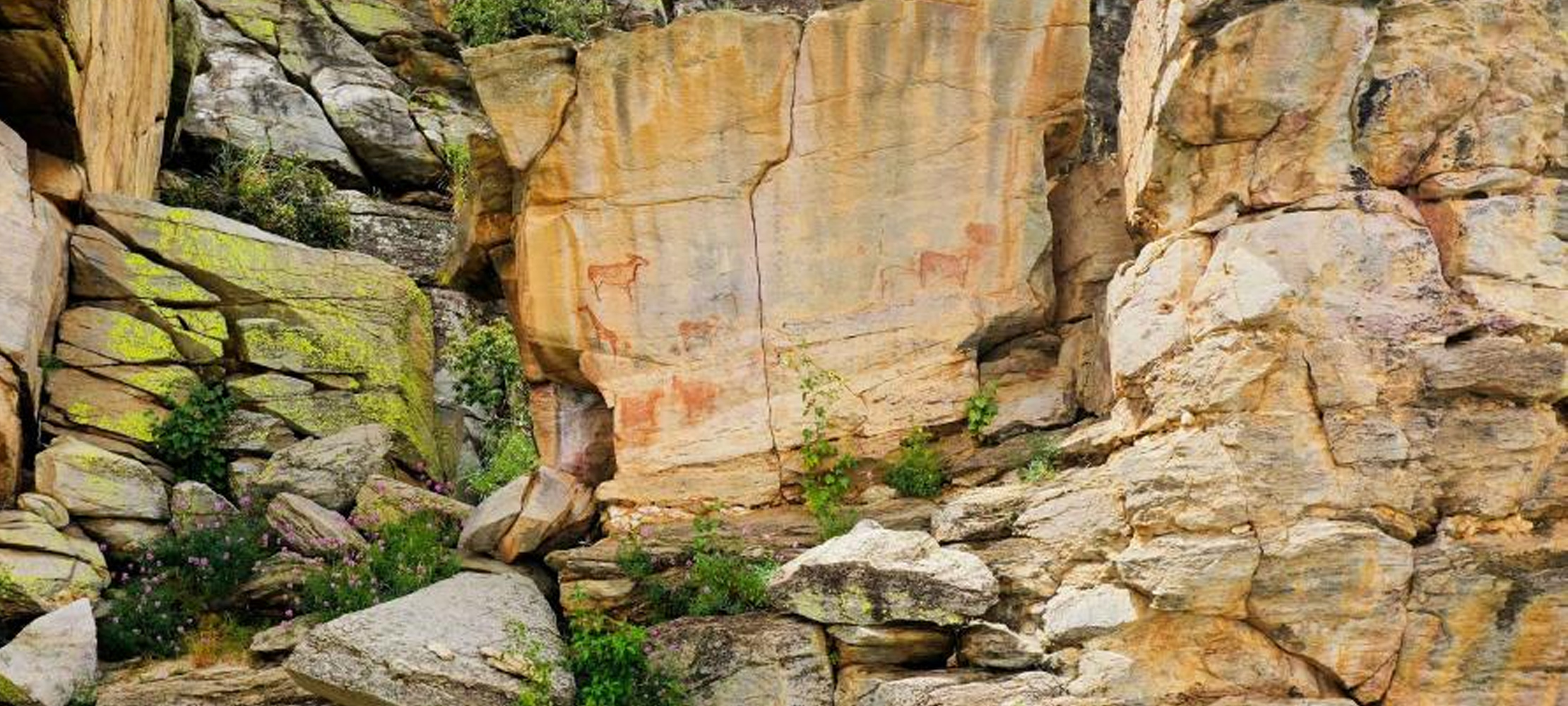Tucked away in the remote northwest of Botswana, the Tsodilo Hills rise like ancient sentinels from the vast Kalahari Desert, earning their nickname as the "Louvre of the Desert." This UNESCO World Heritage Site, inscribed in 2002, spans just 10 km² but packs over 4,500 rock paintings—some dating back 20,000 years—created by the San (Bushmen) and later Hambukushu peoples. Hiking here isn't just exercise; it's a spiritual journey through time, blending rugged trails, panoramic vistas, and cultural immersion. The four quartzite hills—Male (the tallest at 410m above the plain, Botswana's highest point), Female, Child, and the distant "Grandchild"—are sacred to locals, believed to house ancestral spirits. With the current date of October 2, 2025, you're at the cusp of the wet season, making it a solid (if warm) time for hikes before summer rains transform the landscape.

Hiking in Tsodilo Hills
Hikes are guided only, led by knowledgeable San or Hambukushu locals who interpret the ochre-red (San) and white (Hambukushu) paintings of animals, hunters, and mystical scenes—think rhinos, lions, and even whales etched into the rock. Trails wind through boulder-strewn slopes, dry riverbeds, and overhangs, offering a mix of easy strolls and strenuous scrambles. Expect 1-4 hours per trail, with elevation gains up to 400m on tougher routes. Wildlife is subtle—baboons, lizards, geckos, and occasional leopards—but the real stars are the art and the eerie silence of the desert. Start early to beat the heat; guides carry water and share folklore, like the legend of the jealous "first wife" hill.
